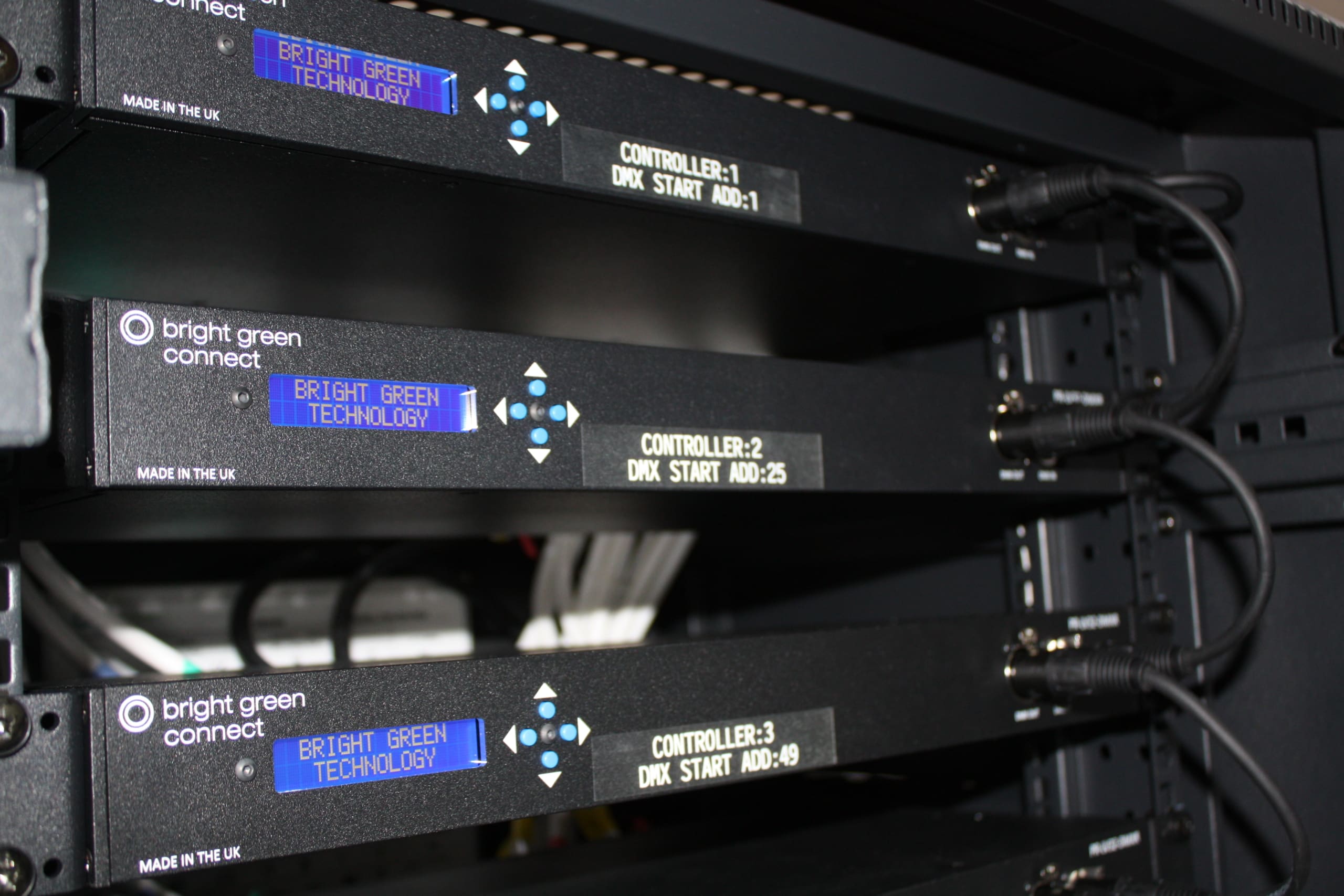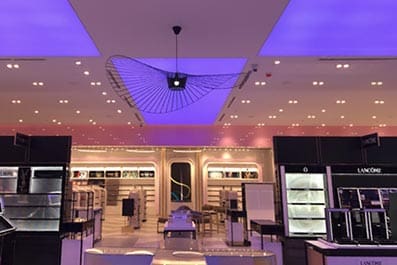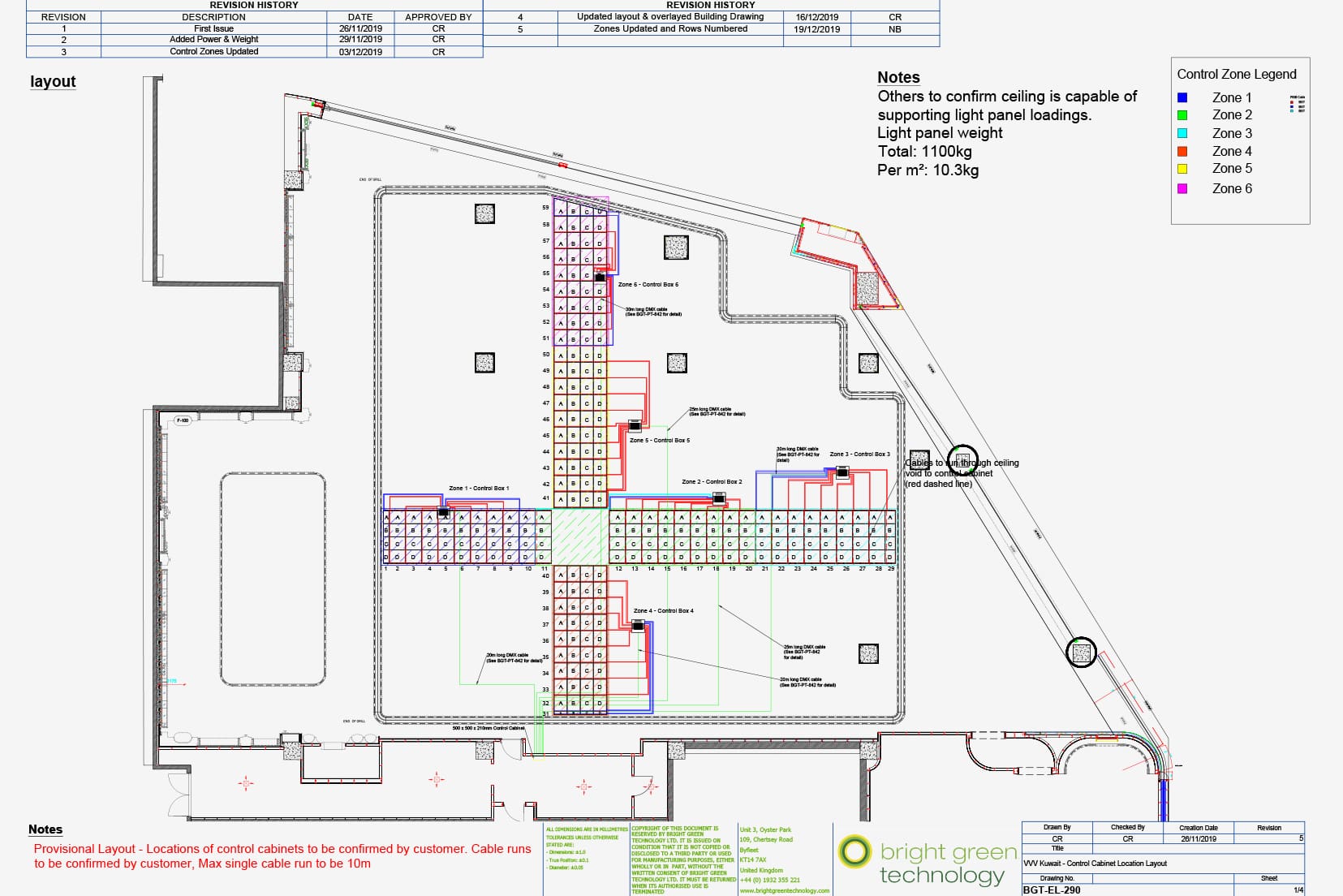What is flicker?
Flicker in lighting is related to very rapid changes in brightness of a source. To some extent, flicker is in the eye of the beholder – human perception of flicker is variable and some people notice faster frequencies than others. Flicker is a particular concern with LEDs since they have no persistence, any oscillation in the driver current correlates directly to the light output. Hence, PWM (a common method of dimming LEDs) which turns the current on/off at high frequency is a problem if not managed correctly.
If I can’t see it, does it exist?
Possibly. Different people have differing threshold for observing flicker (the flicker fusion threshold). Studies show that flicker rates which are just above the upper limit detectable by the human visual system can still have a sub-conscious effect (eyestrain, headaches, epilepsy etc.). So due diligence in the design not only ensure professional performance of lighting but also safe and user friendly operation too.
How does the control method affect flicker?
It shouldn’t. If using an appropriate LED driver with integrated control (Phase, 0/1-10V, DALI, DMX etc.), flicker-free operation will be inherent to the specification of the product. Phase (mains) dimmable drivers require particularly good designs to ensure flicker-free operation. Specific attention should be paid when using separate interfaces or controllers – in addition to an LED driver – as a control method, as these components will alter the frequency of the power rail.





